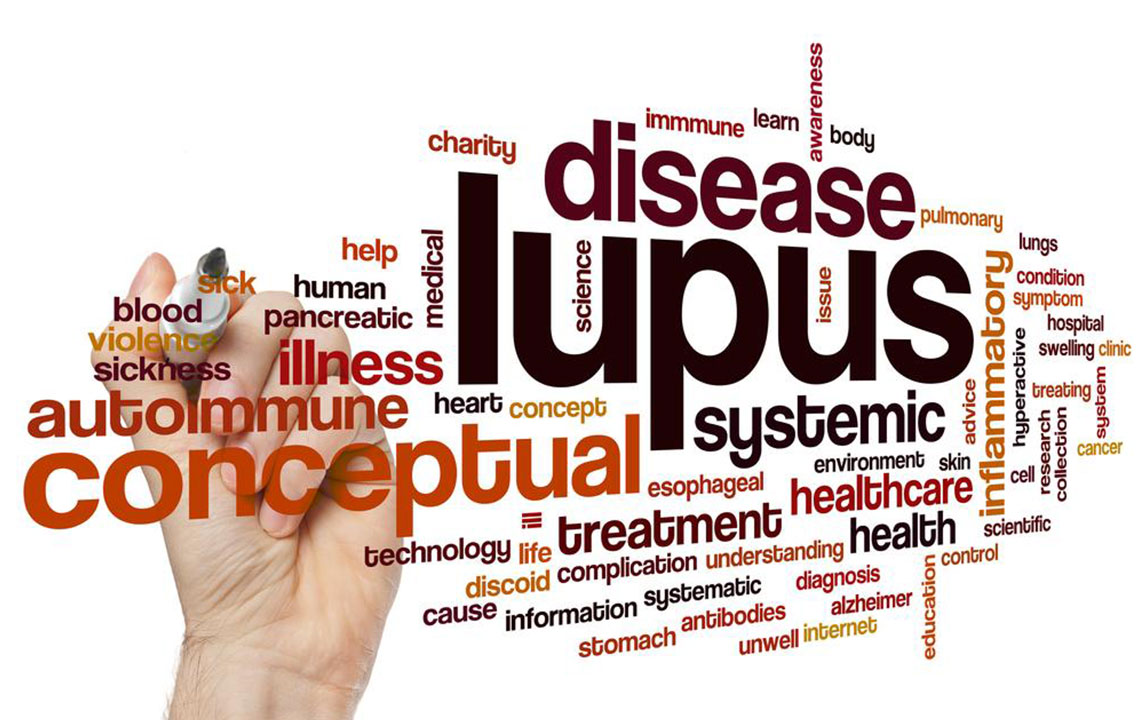Comprehensive Guide to Recognizing Early Signs of Lupus in Women
This comprehensive guide elucidates the common signs and symptoms of lupus in women, emphasizing early detection and timely medical intervention. Covering joint pain, skin rashes, kidney issues, and mental health impacts, it aims to raise awareness about this complex autoimmune disease. Recognizing these indicators early can significantly enhance treatment effectiveness and improve quality of life for women affected by lupus. Understanding symptoms like the butterfly rash, unexplained fever, joint discomfort, and kidney problems is crucial for women, loved ones, and healthcare providers to act promptly and effectively.

Key Indicators of Lupus in Women
Lupus, a complex autoimmune disease, primarily affects women and can have wide-ranging symptoms that often go unnoticed or are mistaken for other conditions. Understanding the various signs and symptoms of lupus is crucial for early diagnosis and effective management. This detailed guide aims to shed light on the common indicators experienced by women, emphasizing the importance of awareness and timely medical intervention to prevent serious health complications.
Approximately 1.5 million individuals in the country live with lupus, a chronic autoimmune disorder that predominantly affects women aged 15 to 34 years. Despite its prevalence, many remain undiagnosed due to the overlapping symptoms with other illnesses. Recognizing the early signs of lupus can significantly improve the prognosis by enabling prompt treatment and disease management. Since lupus can manifest in various parts of the body, awareness about these symptoms is vital for women and healthcare providers alike.
Autoimmune diseases like lupus involve the immune system mistakenly attacking healthy tissues, leading to inflammation and tissue damage across multiple organs. Unlike more common illnesses, the causes of lupus remain elusive, but genetic, environmental, and hormonal factors are believed to play a role. For women, hormonal influences may explain the higher prevalence, especially during reproductive years. The unpredictable nature of lupus symptoms makes continuous vigilance essential for early detection.
One of the hallmark symptoms of lupus is persistent joint pain and swelling. Women frequently report experiencing discomfort in the joints, particularly in the morning upon waking. This pain is often accompanied by swelling around knuckles, fingers, and wrists. Interestingly, lupus-related joint issues typically affect one side of the body rather than both sides, differentiating it from conditions like rheumatoid arthritis. While over-the-counter pain remedies might offer temporary relief, consulting a healthcare professional is critical for proper diagnosis and tailored treatment plans.
Another common sign is an unexplained low-grade fever, which can fluctuate between 98°F to 101°F. Such fevers are recurrent and not attributable to common infections. Persistent low-grade fever often indicates internal inflammation—a typical feature of lupus—as the immune system mistakenly targets the body's own tissues. Medical evaluation is essential when such fevers persist, to rule out other causes and to initiate timely treatment.
Women with lupus may also experience respiratory issues stemming from lung inflammation, known as pleuritis. Symptoms include chest pain, difficulty breathing, and in severe cases, shrinking lung syndrome, which reduces lung capacity. Immediate medical attention can help prevent progression and mitigate long-term pulmonary damage.
Mental health is often impacted in women with lupus, with many experiencing anxiety, depression, or emotional instability. Mood swings, feelings of fear or confusion, and difficulty concentrating are common symptoms that should not be overlooked. Addressing mental health concerns as part of lupus management is vital for overall well-being.
Hair loss, including patchy baldness or diffuse thinning, is another visible hallmark of lupus. This hair shedding can be severe enough to affect self-esteem and mental health, sometimes creating a cycle of emotional distress. Scalp sores or lesions may also develop, adding to physical discomfort and further highlighting the disease’s impact on the skin.
The characteristic butterfly-shaped rash, also known as malar rash, appears across the cheeks and bridge of the nose. It’s a distinctive skin manifestation seen in many women with lupus. Skin issues such as rashes, photosensitivity leading to skin sensitivity even after brief sun exposure, hives, and generalized itchiness are common. These symptoms often flare after sunlight exposure, emphasizing the need for sun protection and skin care.
Kidney involvement, medically termed nephritis, is a more serious symptom that can lead to significant health issues if untreated. Early signs include swelling in the legs or ankles, dark-colored urine, increased blood pressure, and frequent urination during nighttime. Recognizing these early indicators can prevent progressive kidney damage and the need for invasive treatments.
While these symptoms are typical in women with lupus, they can sometimes resemble other health conditions, making diagnosis challenging. Therefore, if any of these signs are observed, consulting a healthcare provider promptly is vital. A comprehensive evaluation, including blood tests and physical examinations, can confirm lupus diagnosis. Early detection, coupled with appropriate medication and lifestyle adjustments, can substantially improve quality of life and disease outcomes.
In conclusion, understanding the various indicators of lupus is essential for women to seek timely medical help. The disease’s diverse symptoms require awareness and vigilance. With appropriate management, women with lupus can lead active, healthy lives and minimize the risk of severe complications. Educating oneself and loved ones about these signs can be life-changing, facilitating early intervention and better health outcomes.





